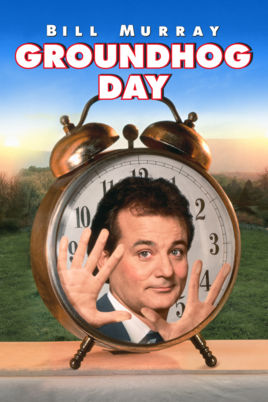The development of film theory was influenced initially from second wave feminism, and women’s studies in the 1960’s/70’s. A main aspect of the theory is generally based around how women were being sexualised throughout the mid 1960’s particularly through the era of second wave feminism. However, theorists such as Clover argue that women are not always the victims because they are typically the only survivor and face an intense showdown with the rival throughout the film. These characters succeed due to their own skills and instincts rather than being saved by a male character
However, it can also be considered that these characters are on the gender borderline with many having ‘masculine names’ (such as Ripley and Laurie Strode). Also, when successfully defeating the male antagonist, they do so by taking up a weapon such as a knife or chainsaw to finally defeat the killer or entity. The idea of a typically male dominated audience of the horror genre, identifying with a female protagonist raises many questions about the relationship between feminism and the horror (particularly slasher) genre.



